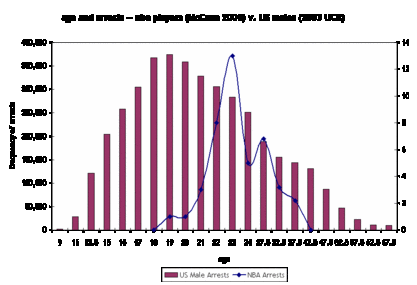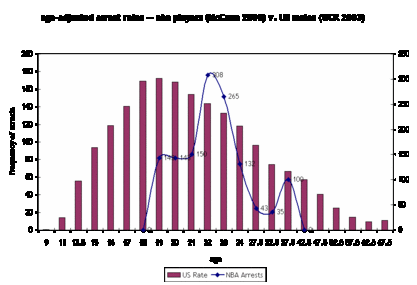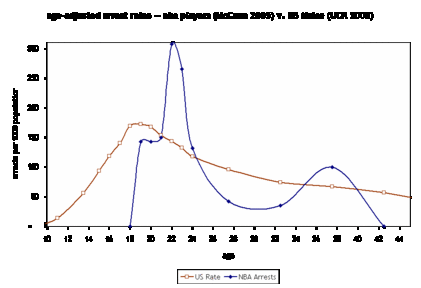After a round of stories in June, I’m getting new questions on Iowa, which formerly had a very restrictive ex-felon voting ban. Governor Tom Vilsack issued an executive order restoring voting rights to all former felons in that state in July, but did he really abolish the practice of disenfranchising ex-felons? Kind of. The Iowa Constitution grants the governor the power to pardon those convicted of “infamous crimes” or felonies:
A pardon is given when the governor grants a certificate of restoration to one convicted of an infamous crime. The effect is to restore the convict of all rights of citizenship, including the right to vote and hold office. These rights are not restored unless the governor grants certificate of restoration, which can be granted after final discharge from penal institution.
So, as long as Governor Vilsack remains in office, corrections officials can regularly forward names to his office for restoration of rights. I don’t know enough con. law to be sure (sadly, the great legal mind has left the building), but Article II, Section 5 of Iowa’s Constitution would still appear to restrict felon voting rights.
No idiot, or insane person, or person convicted of any infamous crime, shall be entitled to the privilege of an elector.
A new governor could conceivably resume the practice of disenfranchising former felons, perhaps with an executive order overturning Governor Vilsack’s order. Even if it doesn’t apply to future felons, however, the change is a big deal, once and for all restoring rights to the roughly 100,000 people convicted of felonies in that state, whether they left prison in 1954 or 2004. Under no scenario that I can imagine could a new governor “re-dis-enfranchise” them.
The practical question for me and Jeff Manza and experts like Marc Mauer at the Sentencing Project, is whether to remove Iowa from the list of states that disenfranchise former felons. By my count that list includes blanket restrictions in Alabama, Florida, Kentucky, Virginia, and Wyoming. Other states disenfranchise some categories of former felons [Arizona (recidivists only), Delaware (5-year waiting period), Maryland (violent recidivists), Mississippi, Nebraska (2-year wait) Nevada (recidivists and violent), Tennessee (convicted prior to law’s repeal), Washington (prior to law’s repeal)] . It would be bizarre to see a parenthetical note for Iowa such as “(convicted 1/1/2006-12/31/2010)” on that list. If Governor Vilsack’s order is reversed, however, it would represent the first new restriction on the voting rights of former felons in several decades. At least I think it would be a new restriction…
 The big news at the closing of the World Criminology Congress was the Swedish Minister of Justice’s announcement of a new international award. The Stockholm Prize in Criminology will be awarded for outstanding achievements in criminological research or for the application of research results by practitioners for the reduction of crime and the advancement of human rights. I know that big awards can sometimes be divisive but I see this as a terrific development for the social scientific study of crime.
The big news at the closing of the World Criminology Congress was the Swedish Minister of Justice’s announcement of a new international award. The Stockholm Prize in Criminology will be awarded for outstanding achievements in criminological research or for the application of research results by practitioners for the reduction of crime and the advancement of human rights. I know that big awards can sometimes be divisive but I see this as a terrific development for the social scientific study of crime.


